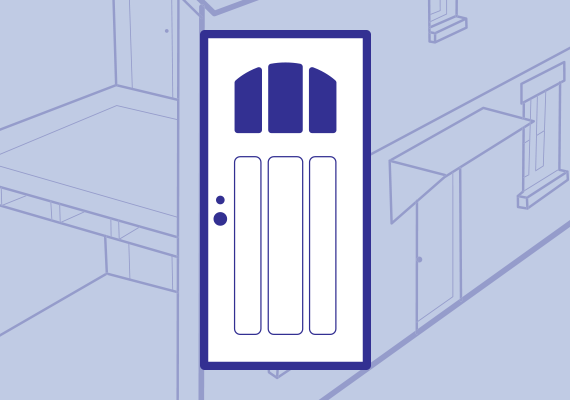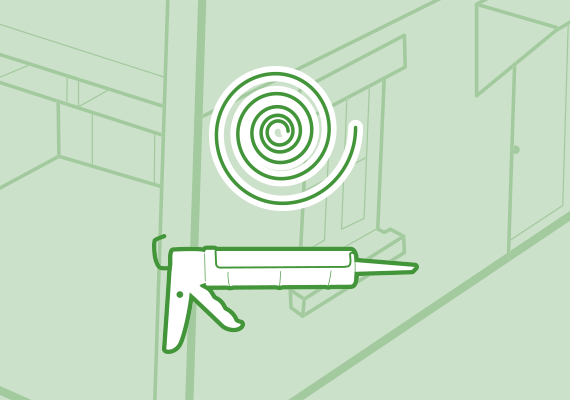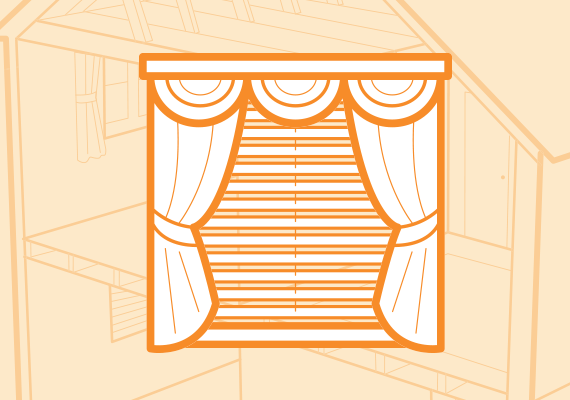-
1U.S. Department of Energy https://energy.gov/public-services/homes/home-weatherization/insulation
2U.S. Department of Energy https://energy.gov/energysaver/doors
Energy Saving Tips | Sealing and Insulation
Improving how your home is sealed and insulated can be one of the best ways to boost your home’s energy efficiency.
Energy Saving Tips | Sealing and Insulation
Improving how your home is sealed and insulated can be one of the best ways to boost your home’s energy efficiency.
Below, we detail several ways you can better seal and insulate your home, from simply drawing the curtains to installing brand new super-efficient doors.

Interior insulation is a critical component of home energy efficiency. Adding more insulation to your home can be among the most cost-effective improvements you can make.

Doors are another primary area for air flow, making them an important aspect of home efficiency. See below to find out which doors are most efficient, along with other tips.

Weather stripping and caulk are valuable tools when you want to shore up your existing home and make it more energy efficient.

Curtains and shades offer a simple yet elegant approach to energy efficiency.

Whether you're building a new home or just want to get the most out of your current windows, following these tips can help boost your home's energy efficiency.

Floor coverings provide more than mere aesthetic appeal, as they can produce surprising results in insulating your home.
1U.S. Department of Energy https://energy.gov/public-services/homes/home-weatherization/insulation
2U.S. Department of Energy https://energy.gov/energysaver/doors